


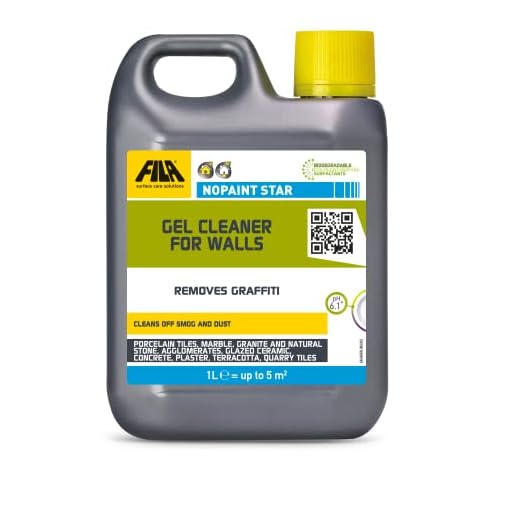
Cleaning surfaces located outdoors or in industrial settings requires a powerful approach that combines temperature and force. My experience shows that heated units excel at breaking down stubborn grime and grease, making them indispensable for tasks that involve vehicles, machinery, and hard surfaces like concrete. Regular cold equipment may struggle with these challenges, leading to inefficient cleaning processes.
One effective application includes tackling oil-stained driveways, garage flooring, and heavy-duty machinery maintenance. The combination of heat and high-pressure jets enables swift removal of even the most entrenched substances. Furthermore, the sanitising effect of heated solutions provides a clear advantage in agricultural and food processing environments, where hygiene is paramount.
For homeowners and business owners alike, investing in heated machines translates to time savings and enhanced cleaning power. Apartments can benefit from these devices for thorough patio and deck cleaning, while commercial sectors, such as automotive detailing, often see improvements in turnaround times and overall cleanliness standards. Thoughtful use can yield impressive results across various cleaning projects, maximising both effort and outcome.
Cleaning Heavy-Duty Machinery in Industrial Settings
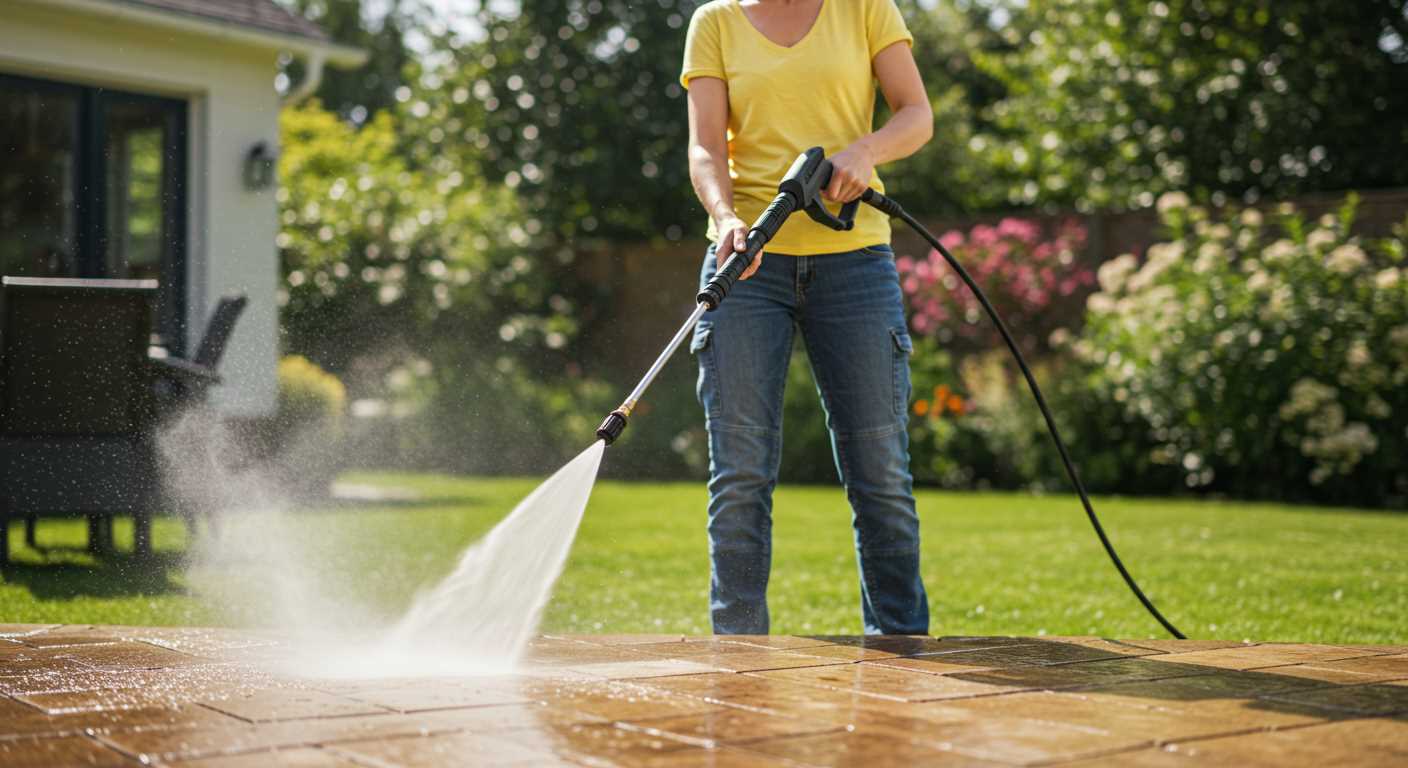
Utilising high-temperature cleaning systems is crucial when tackling the stubborn grime found on heavy-duty machinery. The combination of elevated temperatures and powerful jet streams efficiently dislodges grease, oil, and dirt that accumulate during regular operations.
When working with large equipment such as excavators, bulldozers, or cranes, it’s essential to choose a model capable of reaching at least 150°C. This temperature range not only enhances cleaning capability but also aids in sanitising surfaces, which can be vital in environments where hygiene is a priority.
For optimal results, I recommend using a rotating nozzle attachment. This accessory allows for increased surface coverage, enabling a more thorough clean while reducing the time spent on each task. Pairing this with biodegradable detergents tailored for heavy machinery can further improve cleaning efficiency and protect sensitive components.
Regular maintenance of machinery extends its lifespan and reduces the risk of operational failures. Establishing a cleaning schedule can significantly contribute to operational efficiency and safety. Incorporating these high-performance cleaning solutions into your routine ensures your equipment remains in prime condition, ready to perform demanding tasks reliably.
Removing Grease and Oil from Automotive Parts
To efficiently eliminate grease and oil from automotive components, employ a robust high-temperature cleaning unit paired with appropriate detergents. The ideal temperature range for tackling stubborn deposits is 50 to 80 degrees Celsius. The combination of heat and suitable cleaning agents breaks down heavy oils effectively.
Preparation Steps
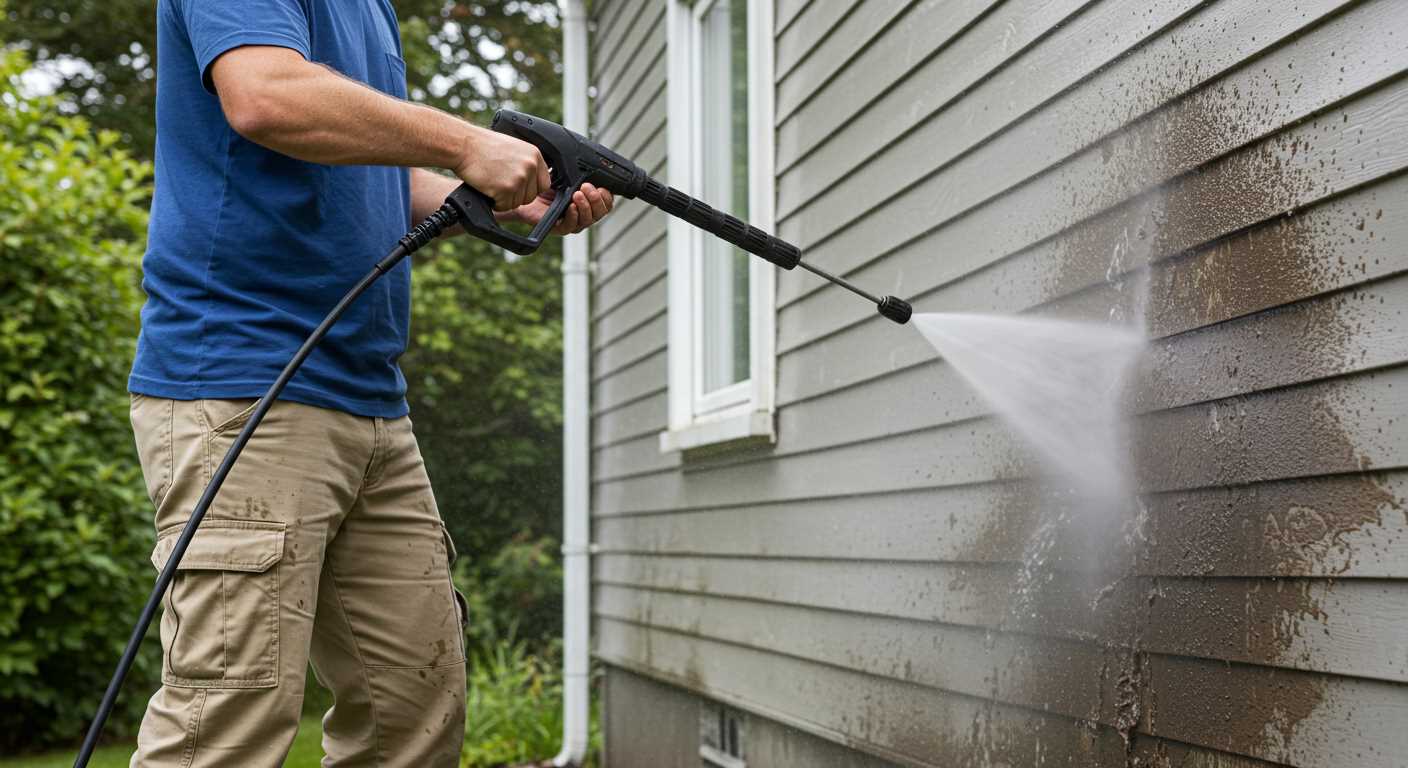
Before initiating the cleaning process, ensure that all electrical connections are protected to prevent damage. Remove any loose debris manually to enhance the effectiveness of the subsequent wash. It’s advisable to operate in a well-ventilated area to facilitate the evaporation of any solvents used.
Technique for Effective Cleaning
Position the nozzle approximately 30 to 45 centimetres away from the surface being cleaned. Start from the top and work downwards to allow the contaminants to flow away from cleaned areas. Use a sweeping motion while adjusting the angle of the nozzle to penetrate crevices. Rinse thoroughly and inspect to confirm complete removal of residues. For persistent stains, a second application might be necessary, adjusting the detergent concentration as required.
Sanitising Surfaces in Food Processing Facilities
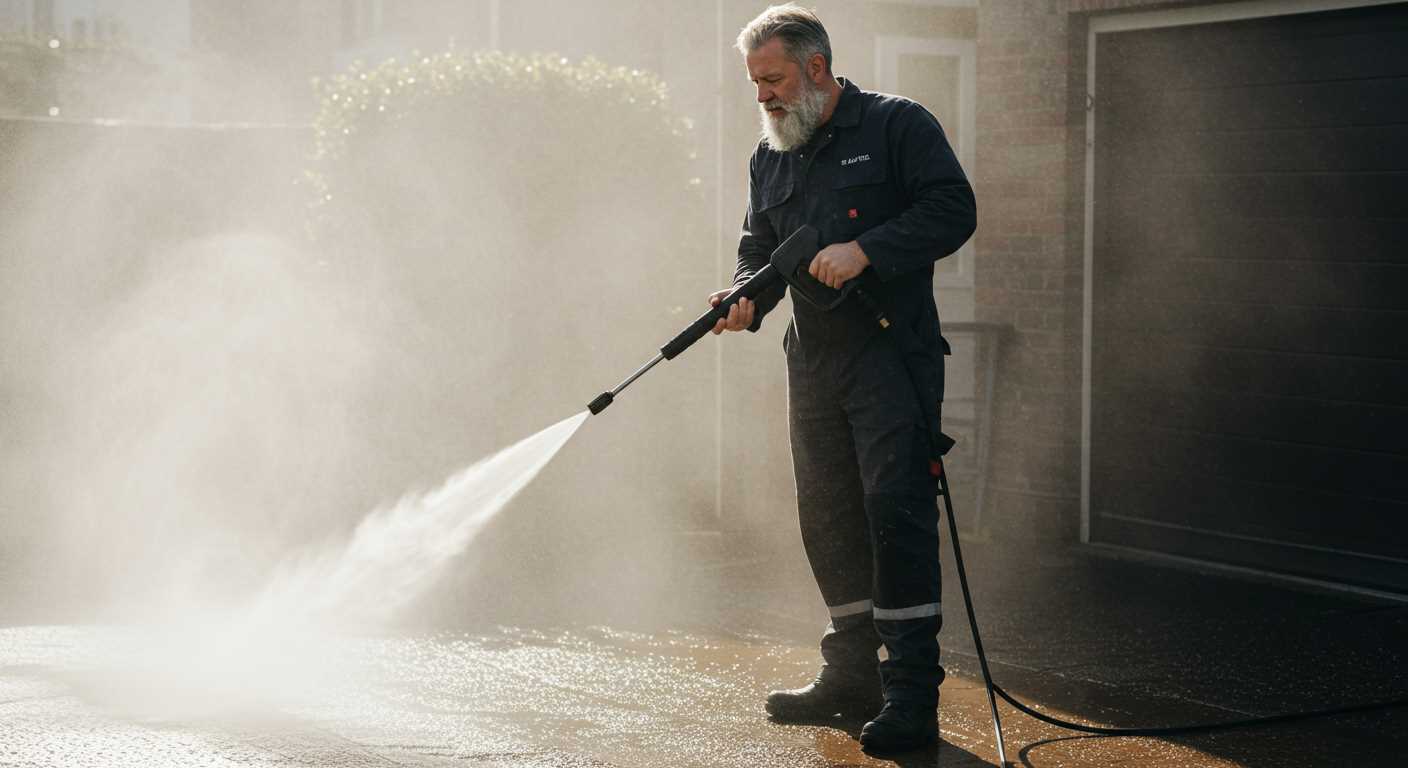
Utilising high-temperature, high-pressure cleaning devices is imperative in food processing environments. These tools efficiently eliminate contaminants, pathogens, and residues that can compromise food safety. Aim for models that reach temperatures of at least 70°C to ensure effective disinfection.
Focus on surfaces that frequently come into contact with food, including countertops, utensils, and machinery. Utilising a rotating nozzle can enhance coverage and penetration, ensuring that every crevice is addressed. Regular sanitisation not only upholds hygiene standards but also prolongs the lifespan of equipment by preventing corrosion and build-up.
Integrating the latest detergents specifically designed for food-grade applications significantly boosts results. These formulations target grease and bacteria without leaving harmful residues, making them suitable for environments where food is processed. Always adhere to manufacturer guidelines for mixing ratios to maintain safety and efficacy.
For optimal results, establish a routine cleaning schedule that aligns with production cycles. By implementing systematic cleaning practices, food processing facilities can maintain compliance with health regulations and safeguard product integrity. Remember, a clean environment fosters confidence in both staff and consumers alike.
Preparing Surfaces for Painting or Coating

For optimal paint adhesion, thoroughly clean the surface prior to application. Using a high-temperature cleaning system effectively removes dirt, grease, and existing paint residues, providing a sound base for new coatings.
Recommended Steps
1. Assess Surface Condition: Identify any peeling, flaking, or contamination present. This helps determine the pressure and temperature settings required.
2. Select Proper Accessories: Utilize appropriate nozzles–usually a 25-degree or 45-degree angle tip works well for delicate surfaces–adjusting pressure as necessary.
3. System Settings: Set the unit to reach temperatures between 60-80°C for efficient cleaning without damaging the substrate.
4. Technique: Start from the top and work downwards in even strokes, maintaining a consistent distance of around 12-18 inches from the surface to avoid damaging it.
Surface Preparation Table
| Surface Type | Recommended Temperature (°C) | Pressure (PSI) |
|---|---|---|
| Wood | 60-70 | 1200-1500 |
| Metal | 70-80 | 1500-2000 |
| Concrete | 70-80 | 2000-3000 |
After cleaning, allow surfaces to dry completely before applying paint. This ensures maximum adhesion and durability of the finish. Inspect the area to ensure all contaminants have been removed for the best results in your painting project.
Restoring Outdoor Furniture and Grills
To effectively rejuvenate outdoor furniture and grills, opt for a high-temperature cleaning device. The combination of heat and pressure shines a light on grime built up from seasonal weathering, grease, and food residues.
Select a nozzle with a narrow spray pattern for targeted cleaning; this allows for a more powerful jet that penetrates stubborn stains on materials like metal and plastic. Begin by rinsing the surface to loosen debris, then apply a suitable cleaning solution for optimal results. Follow with a thorough rinse to remove any detergent residues.
For metal grills, focus on the grates and burner areas, ensuring that you clear burnt-on food and grease. Employing a cleaning attachment can enhance thoroughness, especially for intricate designs. Acidic or alkaline cleaners can be employed judiciously, depending on the material, to avoid damage.
Ensure to maintain a safe distance from delicate surfaces to prevent damage. Regular maintenance with these machines not only preserves aesthetic appeal but also extends the lifespan of your outdoor items.
Cleaning Concrete Driveways and Pavements
To effectively eliminate stubborn stains and dirt from concrete surfaces, I recommend utilising a heated cleansing unit, particularly for driveways and pavements. The elevated temperature enhances the removal of grime that regular equipment fails to tackle.
Here’s a step-by-step guide for optimal results:
- Initial Clearing: Remove any debris, leaves, or loose materials from the surface. This prepares the area for a thorough cleansing.
- Pre-soak: Apply a degreaser or concrete cleaner to the surface and allow it to penetrate for about 10-15 minutes. This step loosens embedded dirt.
- Adjust Settings: Set the unit to a suitable pressure level, typically between 1500 to 3000 PSI, depending on the severity of stains. For most driveways, 2500 PSI works effectively.
- Nozzle Selection: Choose a 25-degree or 40-degree nozzle for wider spray coverage. The right angle ensures that the surface is cleaned evenly without causing damage.
- Start Cleaning: Move in a systematic pattern – begin at one edge and work towards the other, overlapping each pass slightly. Maintain a distance of 12 to 18 inches from the surface to avoid pitting.
- Rinse Thoroughly: After scrubbing, rinse from the top down to wash away any remaining detergent and dirt.
- Final Inspection: Check for any remaining spots that may require additional attention. Repeat the process as needed for heavily stained areas.
In my experience, using a cleaning unit at elevated temperatures not only enhances efficiency but also prolongs the lifespan of your concrete surfaces, preventing the need for costly repairs. Regular maintenance ensures a clean and pleasant appearance throughout the year.
Removing Stubborn Graffiti from Walls
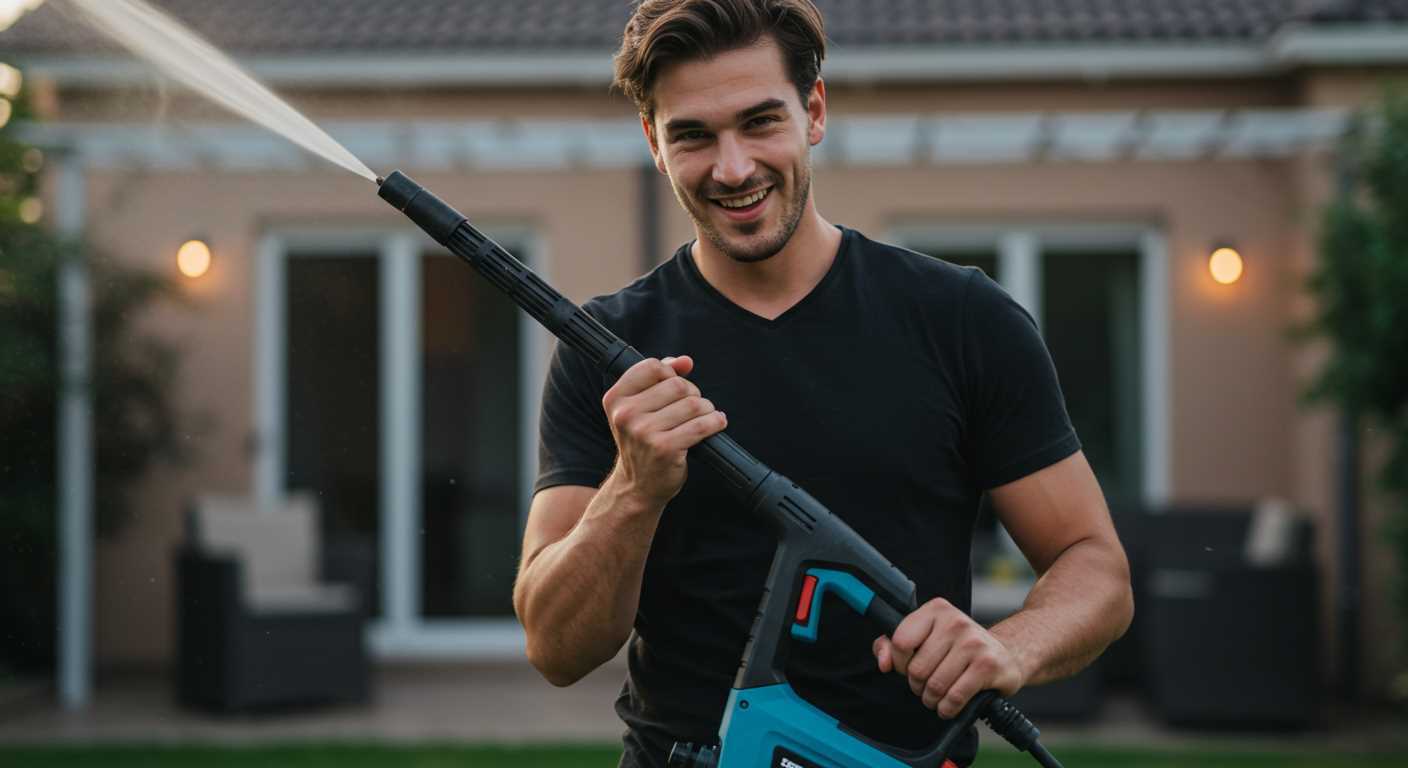
To tackle graffiti effectively, opt for a temperature between 60°C and 80°C, as heat aids in breaking down paint bonds more effectively. Pair this with a pressure level around 2000 to 3500 PSI for optimal results.
Follow these steps to ensure successful removal:
- Test a small, inconspicuous area first. This helps gauge the surface material’s response.
- Apply a suitable graffiti remover prior to steaming. Let it sit for the recommended time to soften the paint.
- Utilise a nozzle with a narrow spray pattern to concentrate pressure on the affected area. Adjust the distance to about 30 cm from the wall for maximum efficiency.
- Engage a sweeping motion while washing, as this prevents damage to the substrate. Always keep the nozzle moving.
- Rinse with clean water to remove any residual cleaner and paint particles.
For various surface types, adjust your approach:
- Brick: Use a lower PSI with a wider spray pattern to avoid chipping.
- Wood: Limit pressure to preserve wood integrity and prevent splintering.
- Concrete: Higher pressures work best, but maintain caution to avoid etching or damage.
After the removal process, consider applying a protective sealant to prevent future vandalism. Keeping surfaces clean and well-maintained will discourage repeated defacement.
Maintaining Agricultural Equipment and Vehicles
To ensure optimal performance of agricultural machinery and vehicles, regular upkeep with a high-temperature cleaning apparatus is indispensable. These devices excel at eliminating dirt, mud, and residues that accumulate during operation. Using heated fluids enhances the cleaning power, efficiently breaking down stubborn grime on various surfaces.
Focusing on specific items, tractors and combine harvesters often require thorough washing after each use to prevent corrosion and maintain functionality. Operating in muddy fields, they tend to accumulate thick layers of soil, which can obstruct moving parts if not removed promptly. A combination of heat and adjustable water pressure tackles these challenges effectively, preserving the integrity of the equipment.
Additionally, utilising this cleaning equipment for vehicles in agricultural settings such as trucks and ATVs prolongs their lifespan. Regular sessions, especially after transporting livestock or produce, eliminate harmful bacteria and substances that could cause long-term damage or deteriorate hygiene standards.
If your maintenance routine includes periodic inspections, complement them with a robust cleaning strategy. Target critical components like engines and undercarriages, where contaminants can lead to mechanical failures. A detailed wash helps in identifying early signs of wear or damage that might otherwise go unnoticed.
Investing in the right cleaning tools not only enhances productivity but also reduces long-term costs associated with repairs and replacements. By maintaining your equipment meticulously, you contribute to smoother operations and better yields on your farm.
FAQ:
What tasks can hot water pressure washers effectively handle?
Hot water pressure washers are particularly useful for a variety of cleaning tasks. They excel in removing stubborn dirt, grease, and grime, especially in industrial and commercial settings where such residues are common. For example, they are effective for cleaning kitchen equipment in restaurants, engines in automotive workshops, and heavy machinery on construction sites. The combination of heat and high pressure helps to break down tough substances, making the cleaning process more efficient.
How does the temperature of the water impact the cleaning ability of pressure washers?
The temperature of the water plays a significant role in the cleaning process. Hot water (often reaching up to 90 degrees Celsius or more) helps to dissolve oils and grease, which cold water may struggle to remove. This is particularly important in environments where materials like stubborn grease or oil are present. Using hot water enhances the effectiveness of the cleaning solution, allowing for quicker results and often reducing the amount of chemical detergent needed.
Are there any specific industries that benefit most from using hot water pressure washers?
Yes, several industries benefit greatly from hot water pressure washers. The automotive, hospitality, and manufacturing sectors are notable examples. In automotive settings, these washers can clean engines and parts with ease. Restaurants often use them to maintain kitchens, ensuring cleanliness and compliance with health standards. Manufacturing plants also employ these machines to maintain cleanliness in equipment and workspaces, reducing downtime and enhancing productivity.
What safety precautions should be taken while using a hot water pressure washer?
When using a hot water pressure washer, safety is paramount. Operators should wear protective gear, including gloves and goggles, to shield against potential injuries caused by high-pressure water and hot surfaces. It’s essential to ensure that the machine is properly maintained and that safety features, such as pressure release valves, are functioning correctly. Additionally, the area being cleaned should be clear of people and objects that could become hazardous during operation.
Can hot water pressure washers be used for residential cleaning tasks?
Absolutely, hot water pressure washers can be used for residential cleaning tasks, although they are often more common in commercial applications. Homeowners may find them beneficial for cleaning driveways, patios, and outdoor furniture, particularly if there are oil stains or ingrained dirt. While they are powerful tools, homeowners should consider the size and power of the machine to ensure it meets their cleaning needs without risking damage to more delicate surfaces.








